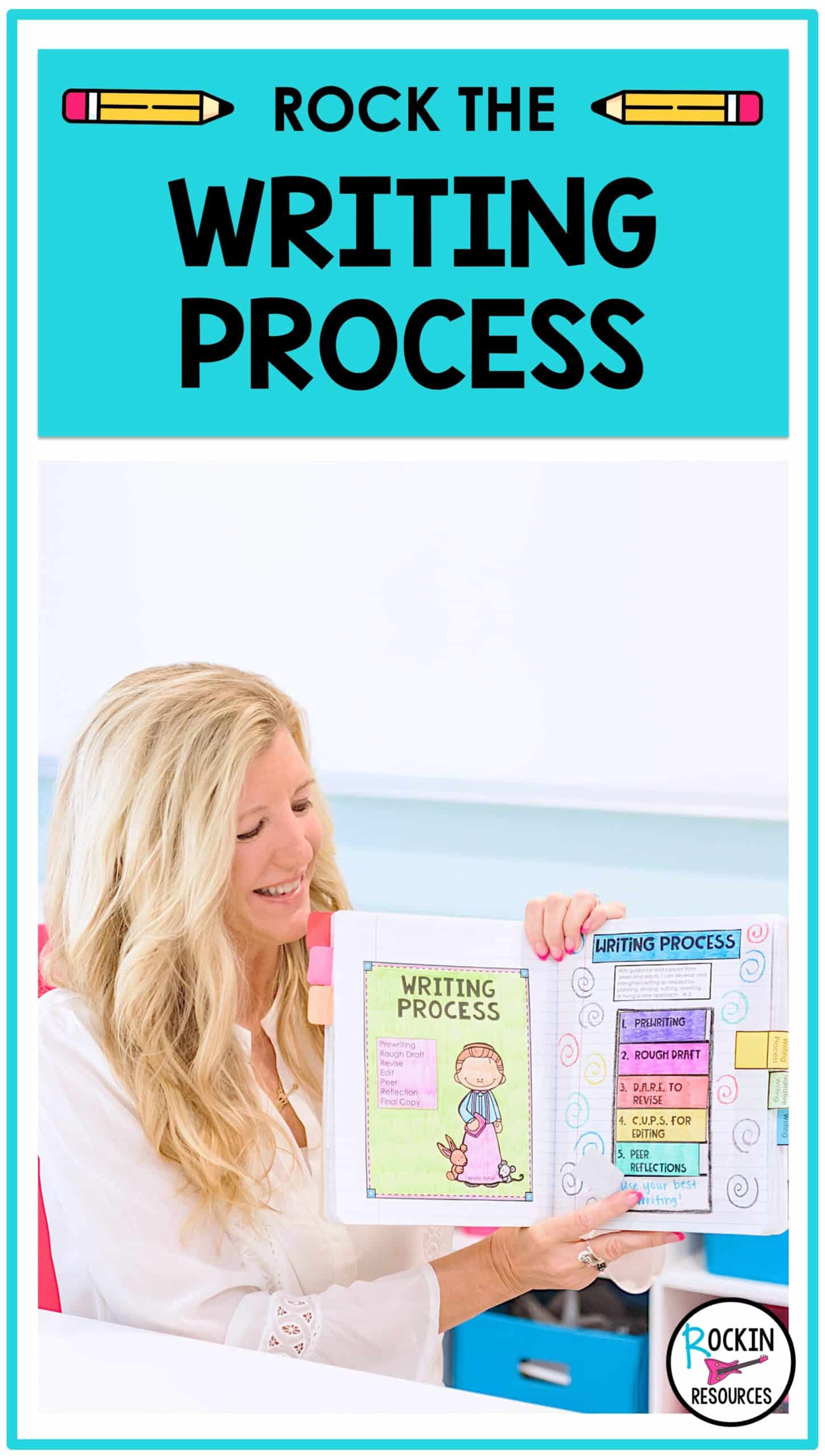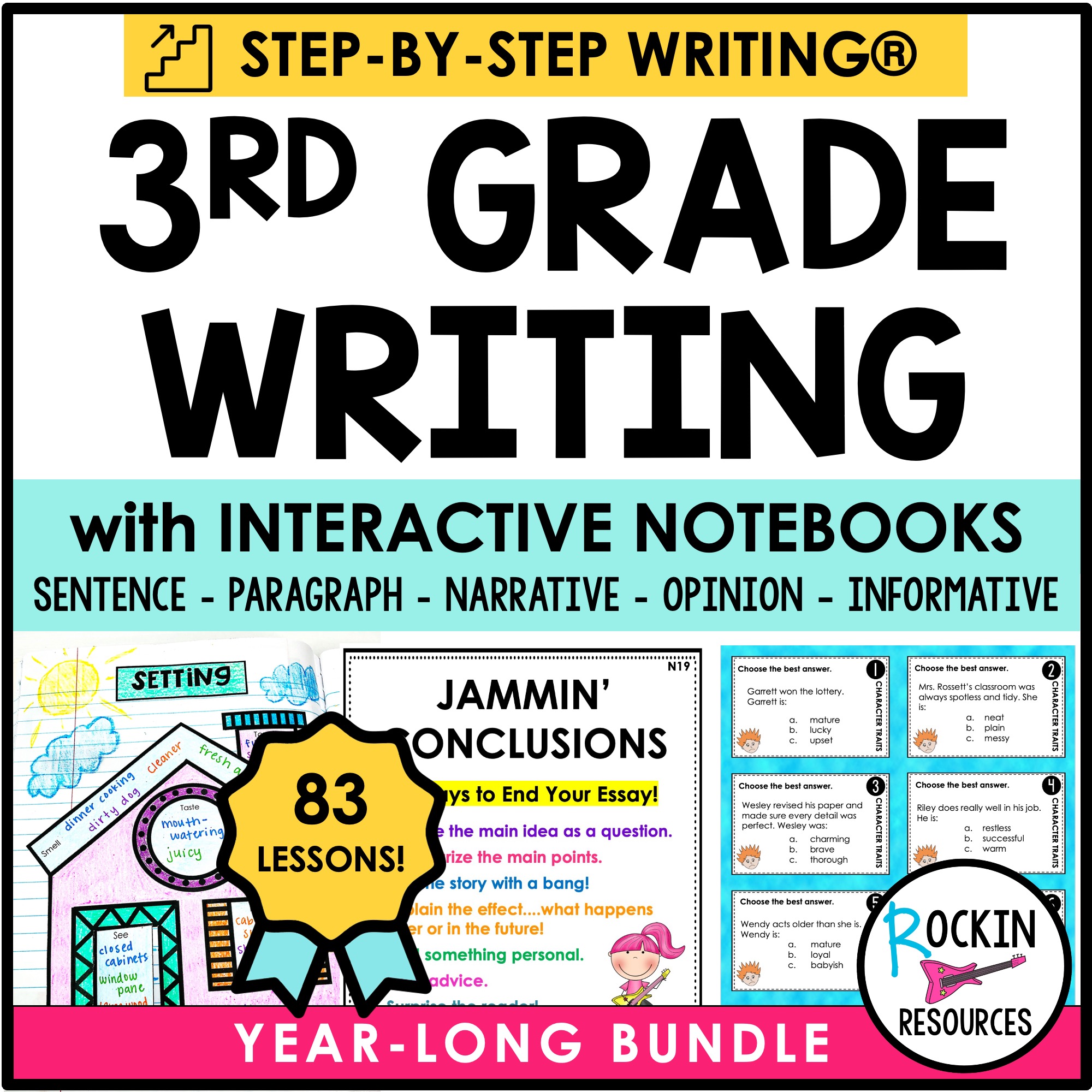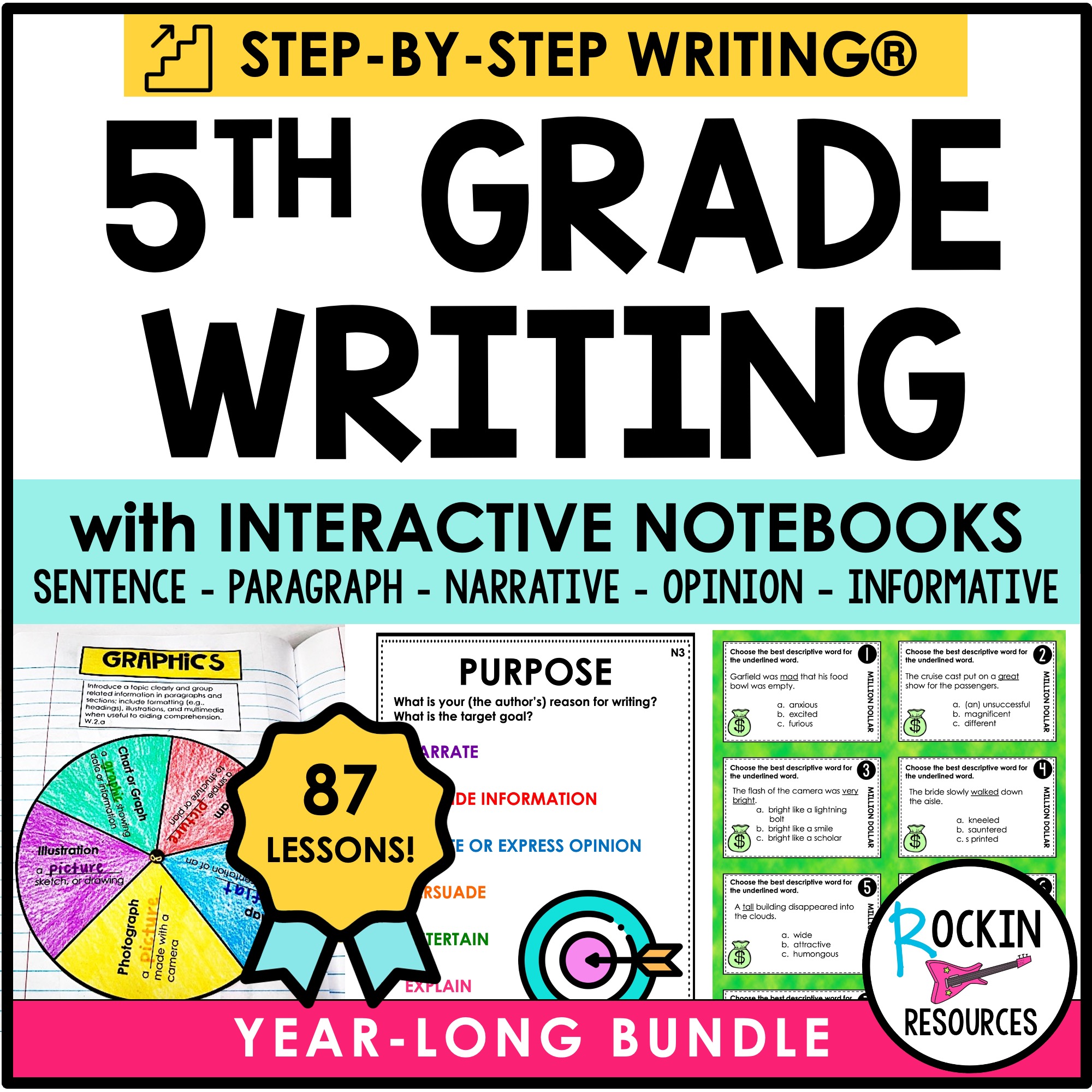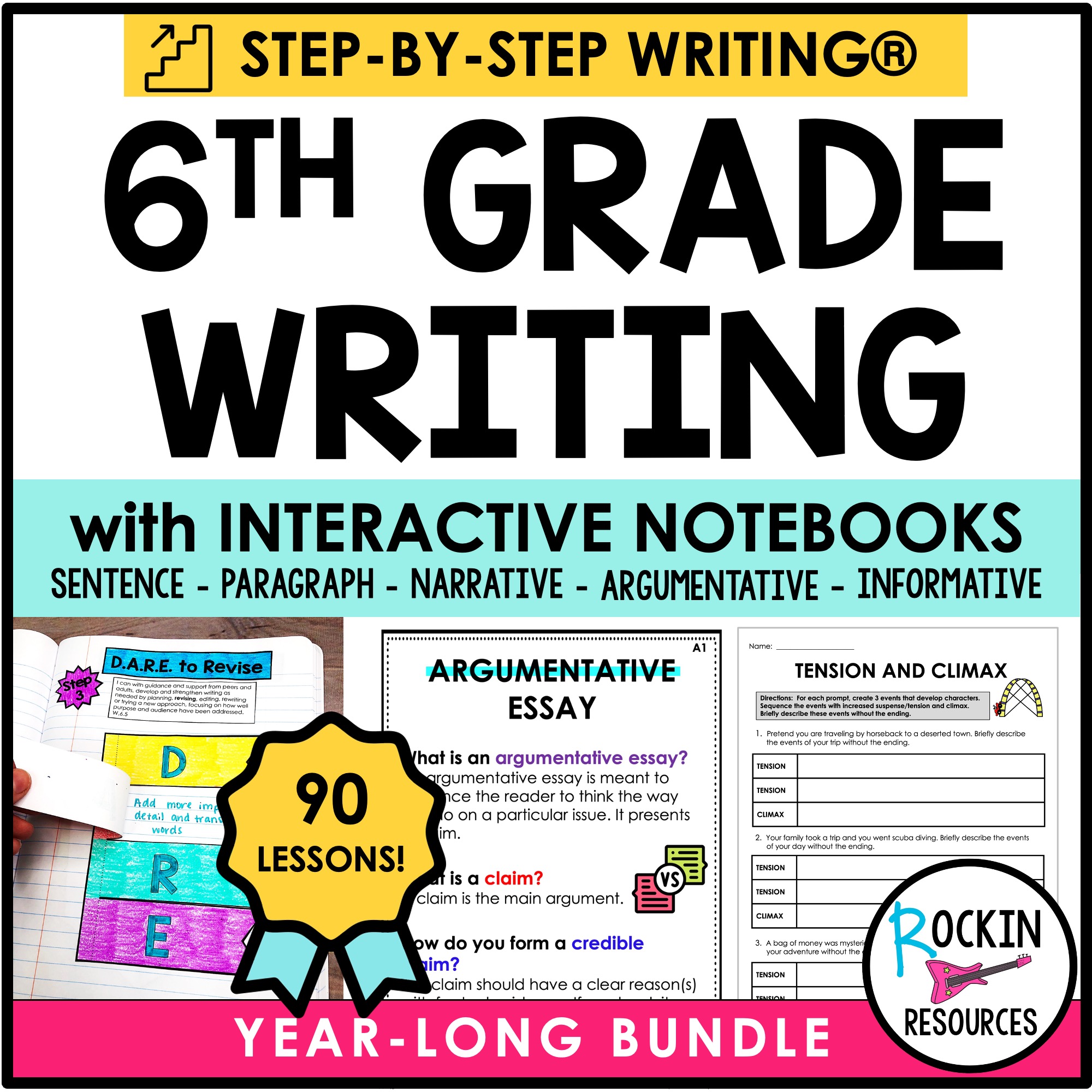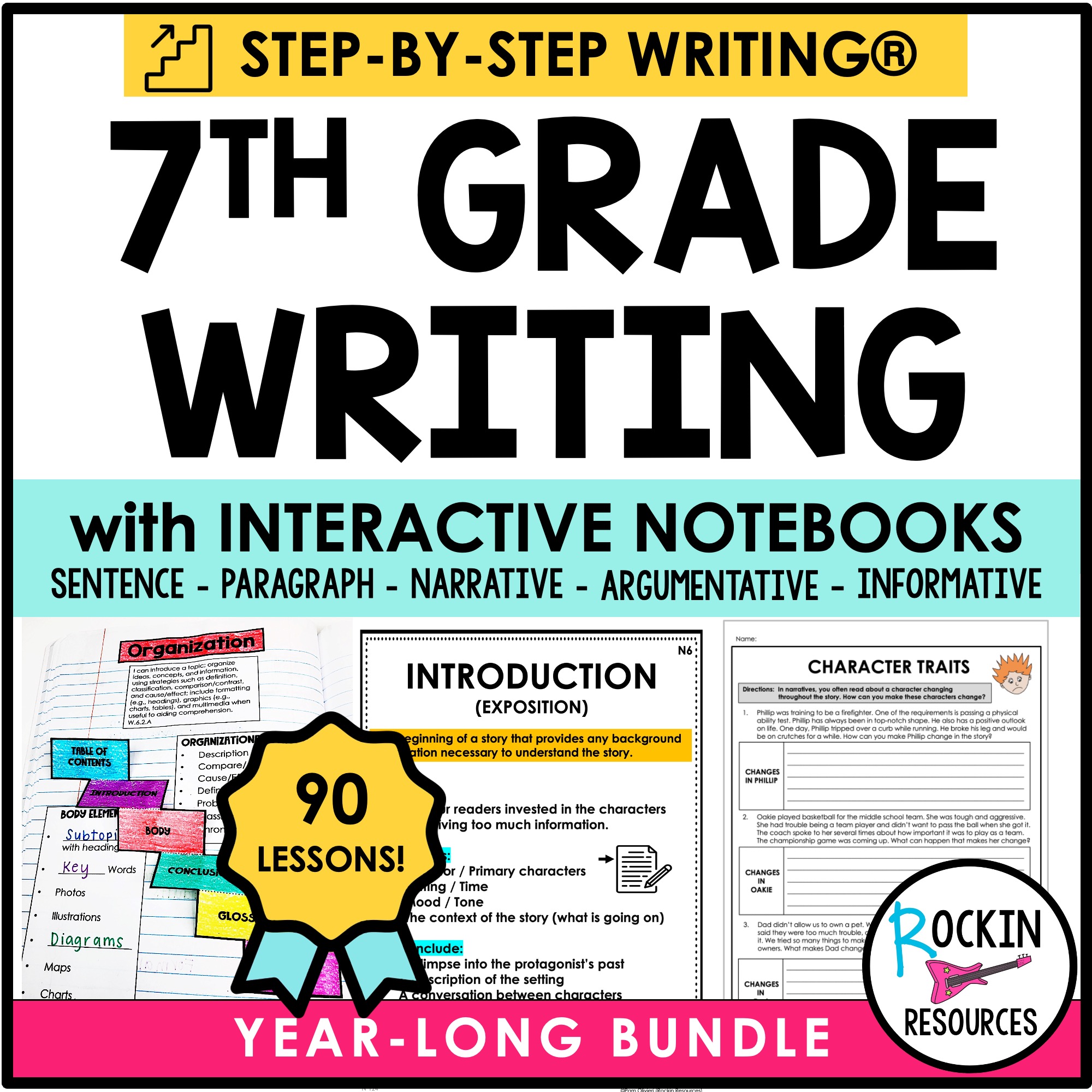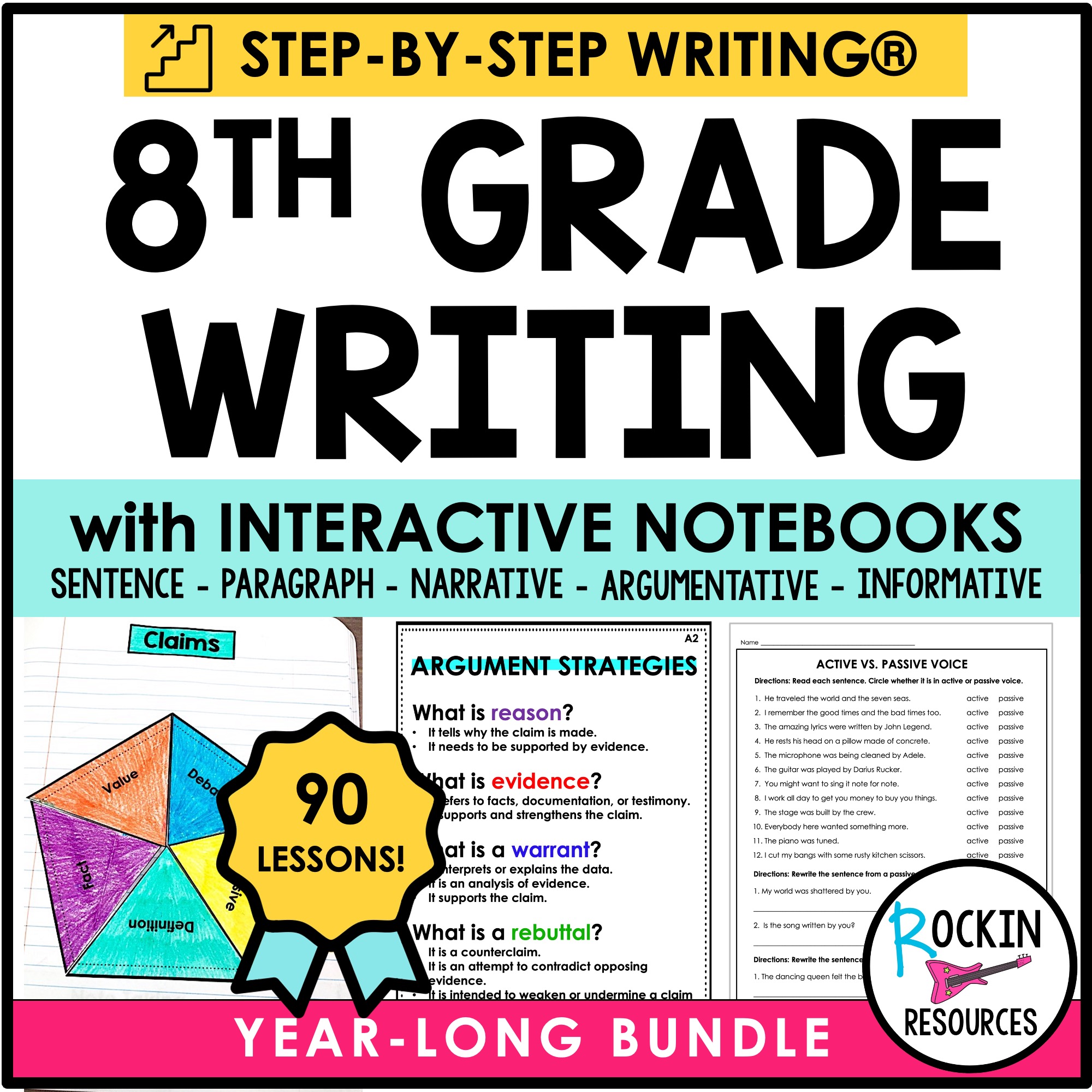Writing involves multiple steps. Each step is important and helps you become a better writer. Don’t rush—take your time to think, create, and revise. Writing is a skill that improves with practice, so keep at it and don’t be afraid to make mistakes. Every writer goes through these steps, and with each draft, you’ll get closer to expressing your ideas clearly and creatively. Learn how to Rock the Writing Process and Be a Rockstar Writer!
1. Prewriting:
Prewriting is like the brainstorming stage, where you gather your ideas and plan what you want to write. Think of it as building a blueprint for your story or essay. You can use graphic organizers, lists, or even doodles to get your thoughts flowing. Remember, this is your time to explore different ideas and determine the best way to present your topic.
2. Rough Draft:
The rough draft is your first attempt to write your ideas down on paper. It’s called ‘rough’ because it doesn’t have to be perfect! Focus on getting your thoughts out without worrying about mistakes. This is where you can be creative and let your ideas flow. It’s like building the structure of a house before adding the finishing touches.
3. Revising:
Revising is all about improving your rough draft. Think of it as polishing your work to make it shine. During this stage, you’ll look at the big picture, like making sure your ideas are clear, adding more details, and rearranging parts to improve your writing flow. I like to use DARE to Revise. I DARE YOU! D stands for deleting unnecessary information. A stands for ADD. Add details and transition words. R stands for Rearrange. It helps you stick to the topic. E stands for Exchange. Exchange the introduction for rockin’ one. Exchange boring words for exciting ones. Exchange for sentence variety. And exchange the conclusion for a jammin’ one. Remember, revising is about making your writing the best it can be!
4. Editing:
Editing comes after revising and focuses on the smaller details. This is where you correct grammar, spelling, and punctuation errors. It’s like cleaning up after a big project—you’re tidying up all the little things to make sure your writing is clear and easy to read. Don’t forget to check for things like proper sentence structure, too. I use CUPS to help remind you to edit your capitalization, usage, punctuation, and spelling.
5. Peer Reflections:
Peer reflections are a valuable part of the writing process. This is when you share your work with classmates and give and receive constructive feedback. It’s a great opportunity to see your writing from someone else’s perspective and learn how to improve. Remember, feedback is meant to help you grow as a writer, so keep an open mind and be respectful when giving feedback to others.
6. Final Copy:
The final copy is the polished version of your work, ready to be shared with others. It’s the result of all your hard work during the writing process. Before you submit or present your final copy, make sure to review it one last time for any last-minute changes. This is your chance to show off your best work, so take pride!
Grab your FREE Writing Process Posters in our Freebie Album.
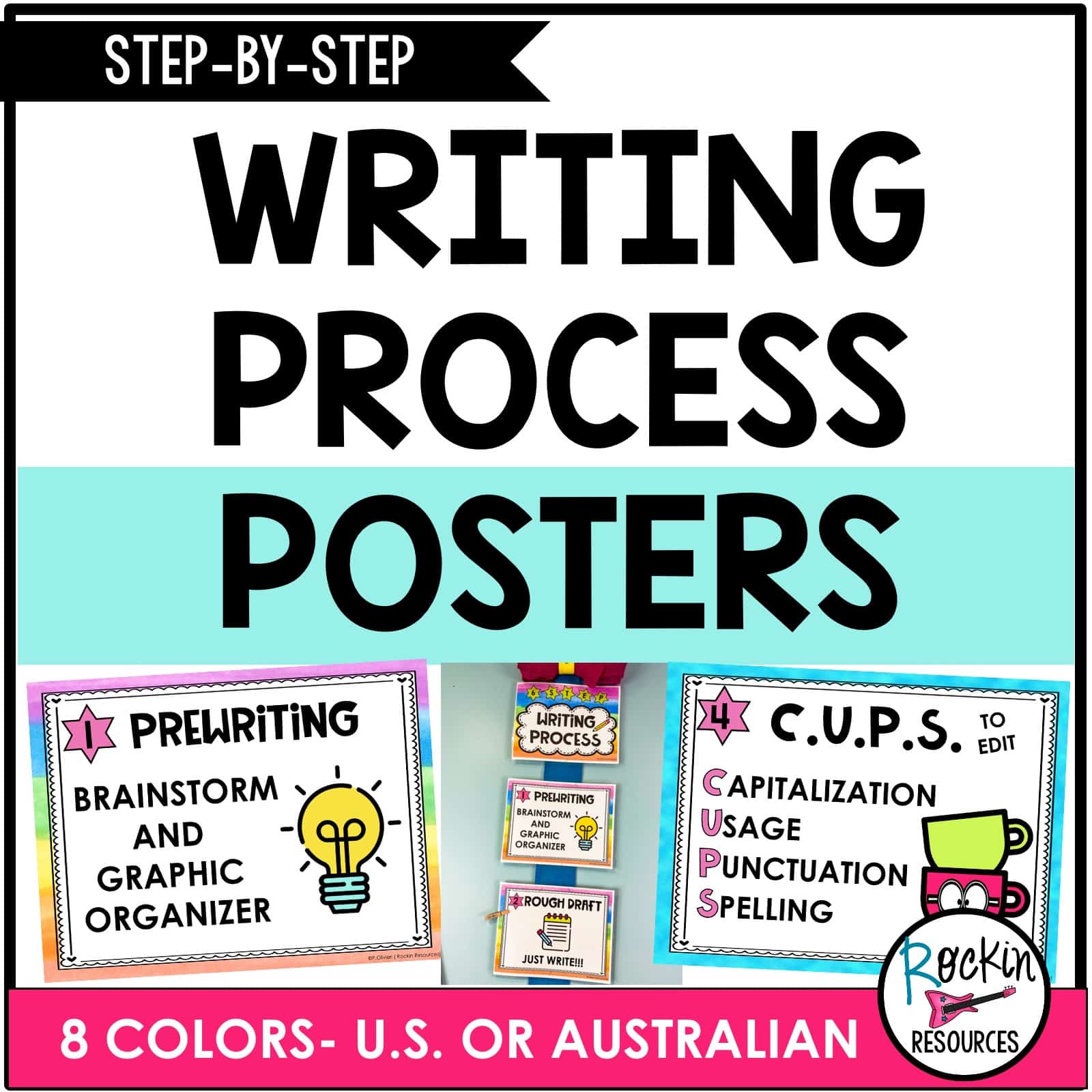
SEE SIMILAR BLOGS:
DISCOVER RELATED RESOURCES:
-
1st Grade Step-by-Step Writing® Program
Original price was: $100.44.$70.00Current price is: $70.00. -
2nd Grade Step-by-Step Writing® Program
Original price was: $100.44.$70.00Current price is: $70.00. -
3rd Grade Step-by-Step Writing® Program
Original price was: $100.44.$70.00Current price is: $70.00. -
4th Grade Step-by-Step Writing® Program
Original price was: $100.44.$70.00Current price is: $70.00. -
5th Grade Step-by-Step Writing® Program
Original price was: $100.44.$70.00Current price is: $70.00. -
6th Grade Step-by-Step Writing® Program
Original price was: $100.44.$70.00Current price is: $70.00. -
INTERACTIVE STEP-BY-STEP® WRITING PROGRAM ULTIMATE BUNDLE
Original price was: $379.00.$189.00Current price is: $189.00. -
MIDDLE SCHOOL INTERACTIVE STEP-BY-STEP® WRITING PROGRAM ULTIMATE BUNDLE
Original price was: $379.00.$189.00Current price is: $189.00. -
STEP-BY-STEP DIGITAL WRITING PROGRAM FOR MIDDLE SCHOOL
Original price was: $100.44.$70.00Current price is: $70.00. -
Upper Elementary STEP-BY-STEP WRITING® Grades 3-5
Original price was: $100.44.$70.00Current price is: $70.00.
SHARE THIS POST ON PINTEREST:
